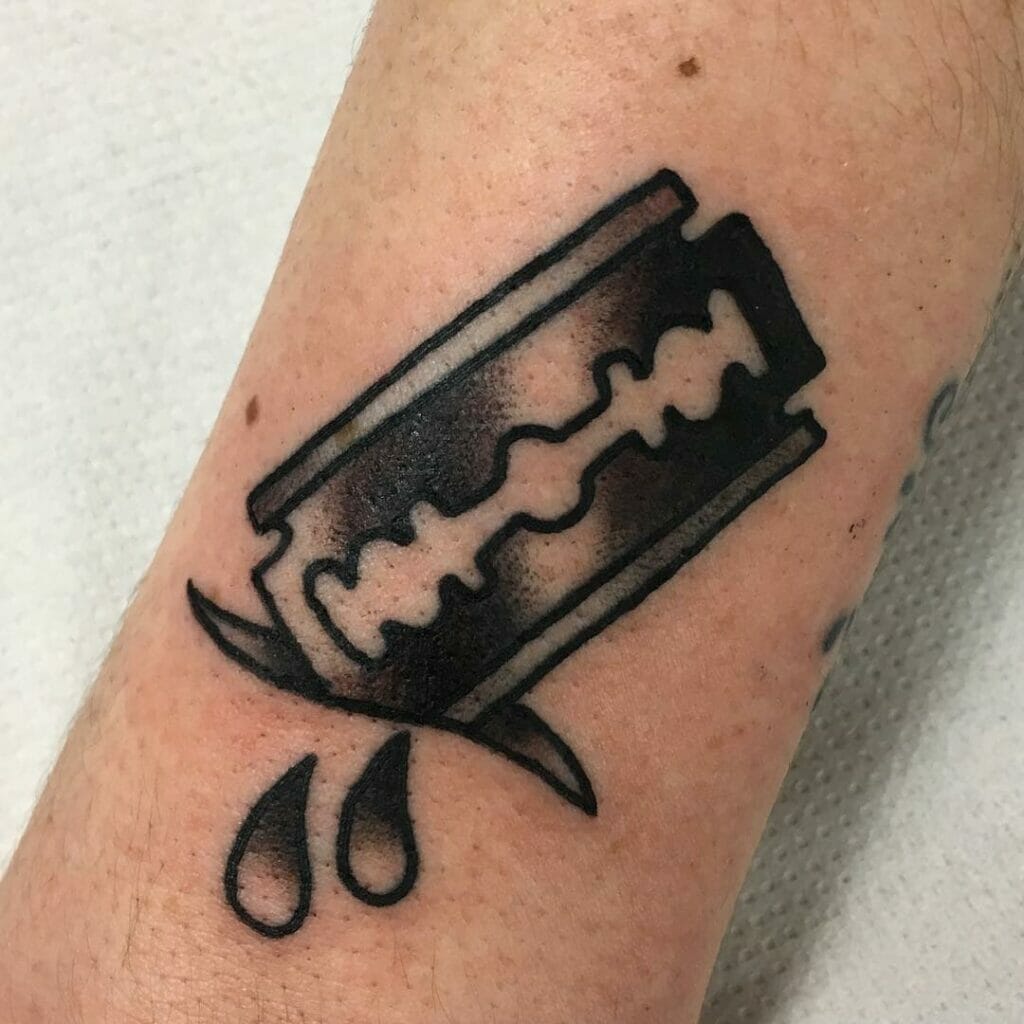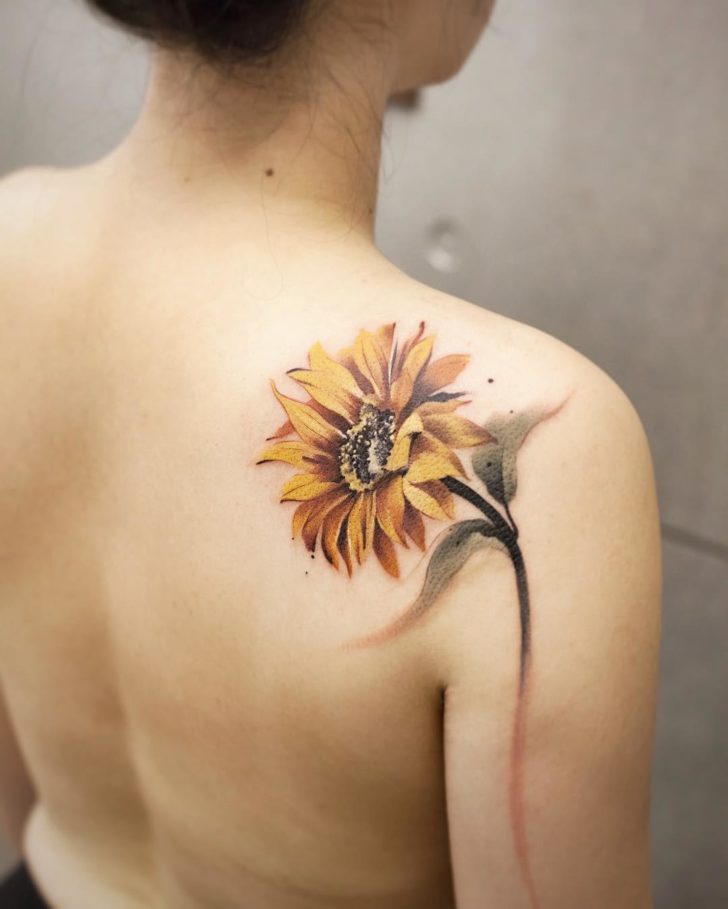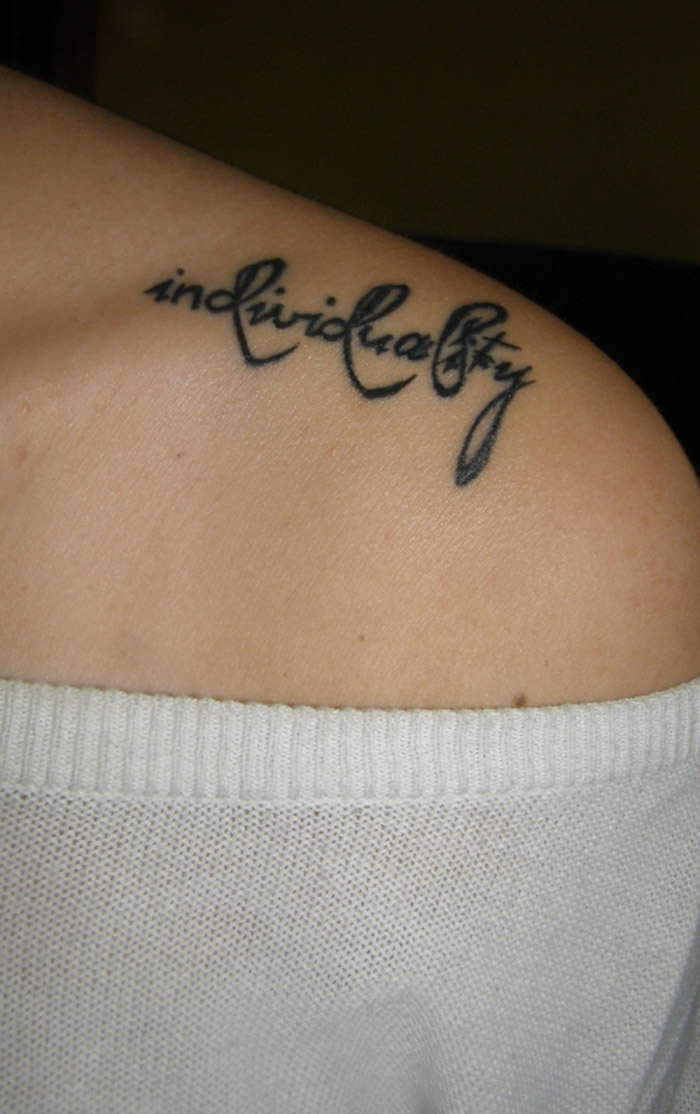
Okay, so you’re thinking about getting inked, right?
And you’re leaning toward something…futuristic?
Like, knight-meets-cyborg, blade-meets-laser kind of vibe?
Awesome.
But where do you even START with futuristic knight and blade tattoo ideas?
I get it.
It’s a wild concept.
Let’s dive into some seriously cool futuristic knight and blade tattoo ideas.
Futuristic Knight and Blade Tattoo Ideas: Where to Even Begin?
Seriously, it’s a broad idea.
Think about it.
"Futuristic" can mean a million different things.
Are we talking sleek, chrome armor?
Or battle-worn, gritty cyberpunk?
And "knight and blade" could be anything from a classic broadsword to a plasma-edged katana.
It’s all about narrowing it down.
Figuring Out Your Vibe
First, let’s nail down the feeling you want your tattoo to evoke.
- High-Tech & Polished: Think clean lines, glowing accents, and super-advanced weaponry. Imagine a knight in armor that looks like it came straight out of a sci-fi movie.
- Cyberpunk & Gritty: This leans into a more dystopian future. Think exposed wires, patched-up armor, and a general sense of struggle. Picture a knight fighting in the rain-slicked streets of a neon-lit city.
- Medieval Meets Future: A cool blend where you might see a traditional longsword enhanced with energy fields or a knight wearing chainmail augmented with cybernetic enhancements.
I once helped a buddy brainstorm for his cyberpunk knight sleeve.
He wanted it to look like his knight had barely survived a war.
Tons of scars, mismatched armor pieces, and a glowing prosthetic arm wielding a heavily modified sword.
It turned out incredible.
Blade Options: Beyond the Sword
Don’t limit yourself to just swords.
Think about these:
- Energy Blades: Imagine a blade made of pure energy, crackling with power.
- Plasma Swords: Like a lightsaber, but maybe a bit more…brutal.
- Cybernetic Enhancements: Blades integrated directly into the knight’s body. Think Wolverine claws, but futuristic.
- Nanite Blades: Swarms of microscopic robots forming a blade on command.
Knightly Elements: Modernized
The "knight" part is just as flexible.
- Armor: Forget the heavy plate armor of old. Consider sleek, form-fitting exosuits or modular armor that can adapt to different environments.
- Heraldry: How about a futuristic take on family crests? Maybe incorporating digital symbols or circuit board patterns.
- Visor/Helmet: A key element. Do you want a full-face helmet with glowing eyes? Or a more minimalist visor that reveals part of the face?
Examples of Futuristic Knight and Blade Tattoo Ideas
Okay, let’s get into some specifics to get your creative juices flowing.
- The Cybernetic Paladin: A knight with a cybernetic arm wielding an energy blade. The armor is sleek and futuristic, with glowing accents.
- The Wasteland Warrior: A knight clad in patched-up armor, fighting in a post-apocalyptic wasteland with a plasma sword.
- The Digital Guardian: A knight made entirely of digital code, wielding a sword that shimmers and flickers with data.
- The Augmented Duelist: A knight dueling with another, both enhanced with cybernetics, their blades clashing in a shower of sparks.
Pro Tip: Look at concept art from video games and movies for inspiration. Cyberpunk 2077, Warframe, and even some Star Wars designs can be great starting points.
Placement Matters
Where you put your tattoo is crucial.
- Sleeves: Great for larger, more detailed designs.
- Back: A canvas for epic scenes and complex compositions.
- Forearm: Good for smaller, more symbolic designs.
- Calf: Another good spot for medium-sized designs.
Consider how the placement will affect the flow and impact of your futuristic knight and blade tattoo.
Finding the Right Artist
This is HUGE.
Don’t just go to the nearest tattoo shop.
- Research: Look for artists who specialize in sci-fi, cyberpunk, or biomechanical tattoos.
- Portfolio: Check out their portfolio online to see if their style matches your vision.
- Consultation: Schedule a consultation to discuss your ideas and get their input.
A good artist can take your concept and turn it into something truly amazing.
FAQ: Your Futuristic Knight and Blade Tattoo Questions Answered
-
Q: How much will a futuristic knight and blade tattoo cost?
A: It depends on the size, detail, and artist. Expect to pay more for a larger, more complex design from a reputable artist. Prices can range from a few hundred dollars to several thousand.
-
Q: How long will it take to get a futuristic knight and blade tattoo?
A: Again, it depends on the size and complexity. A small tattoo might take a few hours, while a full sleeve could take multiple sessions.
-
Q: What are some good keywords to use when searching for inspiration?
A: Try "cyberpunk knight tattoo," "sci-fi knight tattoo," "futuristic warrior tattoo," "biomechanical tattoo," or "tech knight tattoo."
-
Q: Is it okay to combine different styles?
A: Absolutely! That’s what makes it unique. Don’t be afraid to blend elements of different genres to create something truly original.
Ultimately, your futuristic knight and blade tattoo should be a reflection of you.
Don’t be afraid to get creative, explore different ideas, and work with a talented artist to bring your vision to life.
Remember, this is about creating something awesome, personalized, and uniquely YOU, which makes exploring futuristic knight and blade tattoo ideas such a fun journey.






